If you have room for a few shelves in your house then you have enough room for growing vegetables indoors. With a little bit of know-how and effort, you can grow food that will feed your family all year long.
You can grow vegetables indoors in your apartment, in your home office, or even in your basement. It really can be done anywhere! Even if you are short on space, you can grow a variety of vegetables indoors with just a little bit of room and some planning.
You will be amazed when you see the list of what all you can grow inside your house. But, before we get to that we should talk about some of the things you’re going to need for your indoor vegetable garden.
Shelves
Shelves will make it so that you can grow more in a small amount of space. These shelves should be adjustable so that as plants grow you can make more room. If you don’t already have shelves to use, you can use a tiered plant stand like this.
Lights
Chances are the space you have available for your plants isn’t going to be ideal for growing vegetables indoors, and that’s ok. You can buy grow lights that will act as a substitute source of light for them.
You can’t use just any old light though. You’ll need one that is specifically designed for growing plants. You can find them quite cheaply online. Every shelf will need its own light.
I recently bought a grow light like this for starting my vegetable seeds and love it! The lights are on bendable arms that can be adjusted to point directly at your plants. (It’s in the photo above this section. Besides this light, I also bought a simple grow bulb and placed it inside a standing lamp we already had in the guest bedroom. (That’s it in the photo just above.)
Soil and Fertilizer
You aren’t going to want to use dirt out of your yard for growing as it will be full of rocks and lacking the nutrients your plants will need. Instead you’ll want to buy bags of potting soil or compost for growing plants in containers.
You may also want to buy a bag of seed starting soil, but you don’t have to. Along with the soil you should buy fertilizer. I recommend a liquid fertilizer as they are easier to apply. If you want to use organic ones, which would be what I recommend, look for an organic seaweed based fertilizer.
Pots and Containers
You will need to have containers to grow your plants in. The size of these containers will vary depending on what you’re growing. Some plants like carrots and peppers need a deep container with a lot of room for their roots. On the other hand, you can get away with much less space for your herbs.
Make sure that whatever you end up planting in you put a tray underneath it. Growing pots and containers have holes to release extra water. You don’t want that water to end up on the floor in your house.
And you can save money by repurposing containers as pots. You can use plastic milk jugs with the tops cut away, large yogurt tubs, or any other containers that can be saved from the recycling bin and made into a pot. Just be sure to poke some drainage holes into the bottom before using.
Plants or Seeds
To grow your vegetables you can choose to either start with plants you buy from a nursery or garden store, or you can start you plants from seeds. Starting from seeds is the most cost effective, but it will take more time until your vegetables are ready harvest.
For an easy way to start your seeds, see our post on how to start seedlings in paper towel tubes. If you prefer, you can just buy a pre-made seed planting tray that includes the small containers already filled with soil.
I use a combination of these methods along with starting some of my seeds in an AeroGarden. The benefit of that is that they start SO FAST! I’m thinking of getting a bigger model since my current Aerogarden only lets me start 6 at a time. At least those 6 grow QUICKLY so that I can repot those and start another set of 6.
If you have a bit of money to spend and want an easy option that will definitely give you great results, you can go with a gardening system. The Garden Tower lets you grow 50 plants in just 4 square feet.
Another super cool option that is on my wish list is the AeroGarden Farm. It grows without soil and the plants go five times faster than in soil. I have used the smaller AeroGarden harvest to grow herbs and start vegetables in my kitchen and love it and agree that the plants grow super fast. The farm looks amazing!
Vegetables You Can Grow Indoors
Now that you know what all you’re going to need for your indoor garden it’s time to finally take a look at all of the plants you can grow indoors. Beside each one I’ve left a note if there is something remarkable about them that you should know about.
Avocados (Takes many years to produce)
Arugula
Bok Choy
Beets
Basil
Broccoli
Bell Peppers
Coffee (Difficult to grow and takes many years before anything will produce)
Cauliflower
Chives
Cilantro
Carrots
Celery
Dwarf Beans
Eggplant
English Peas
Ginger
Garlic Greens
Hot Peppers
Kale
Lemons
Lettuce (Grows quickly, very easy to grow)
Mandarin Oranges
Mint (Needs to be grown in its own container. It will take over any container it is in.)
Mushrooms
Mustard Greens
Onions
Oregano
Potatoes
Parsley
Rosemary
Radishes (Grows quickly, very easy to grow)
Spinach (Grows quickly, very easy to grow)
Scallions
Swiss Chard
Sage
Tomatoes
Thyme
Have you started growing vegetables indoors? We would love to know what you’re growing and any tips you would like to share!

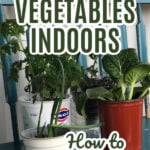

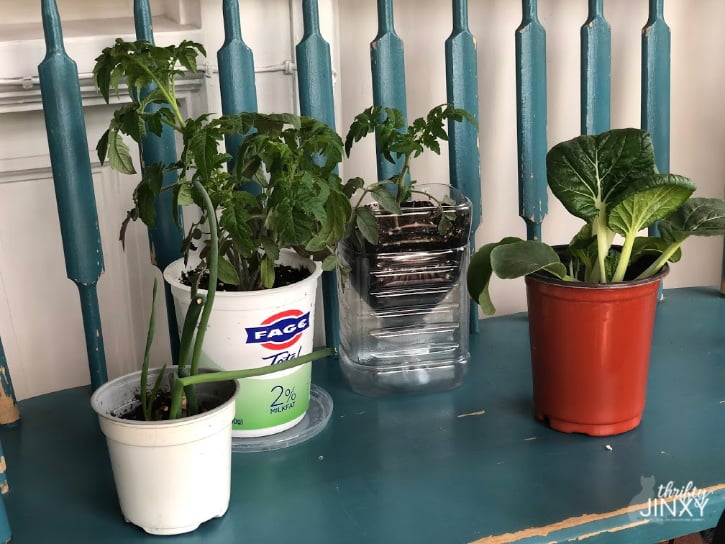
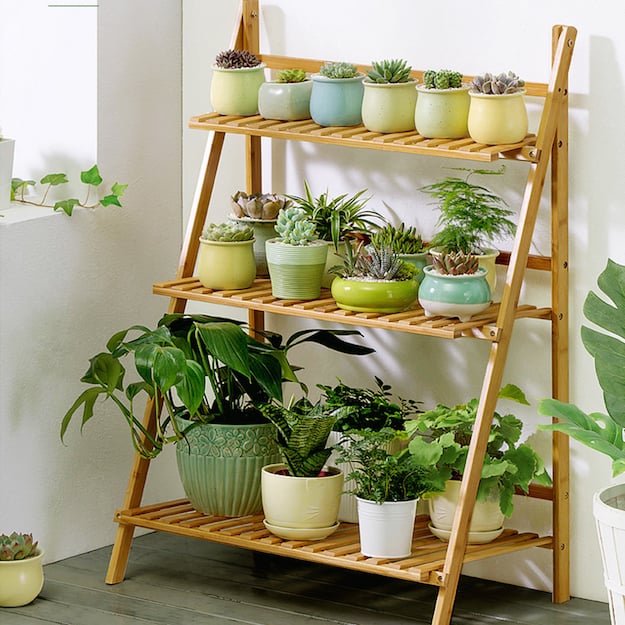
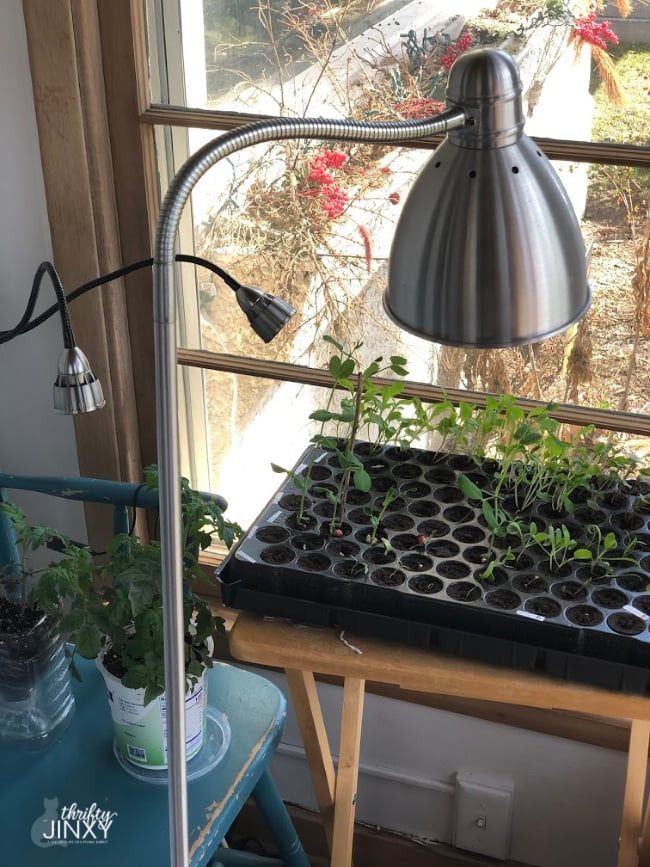
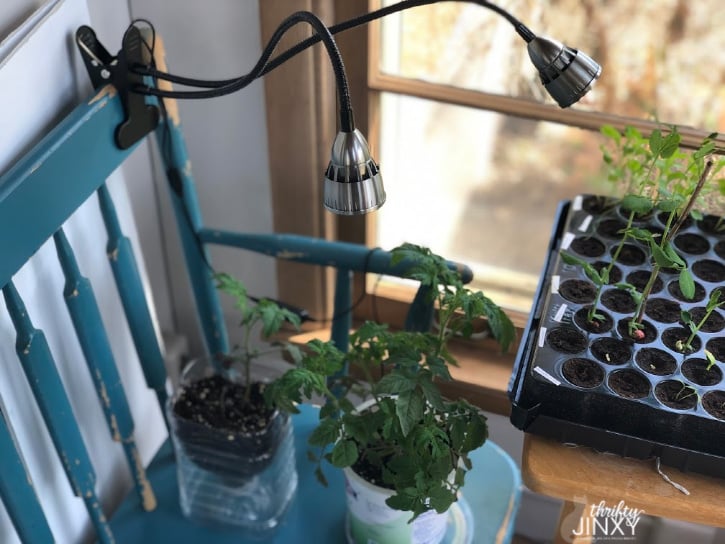
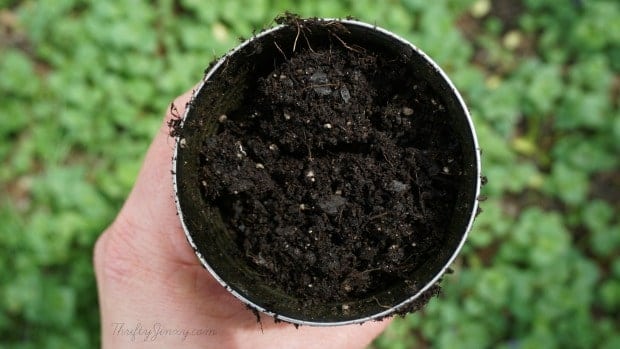
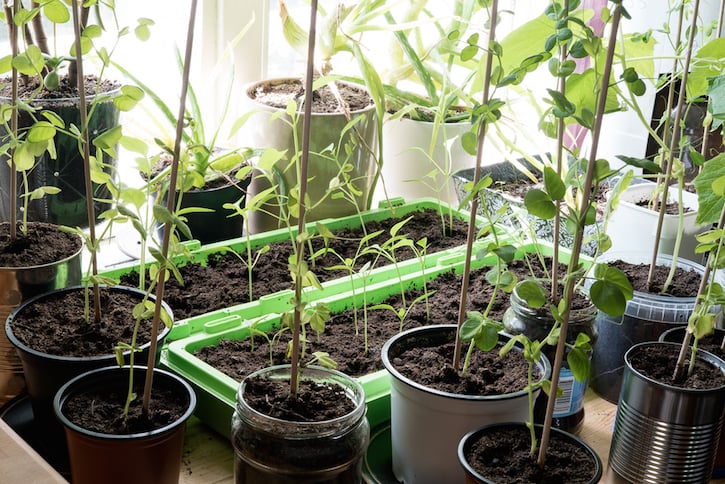
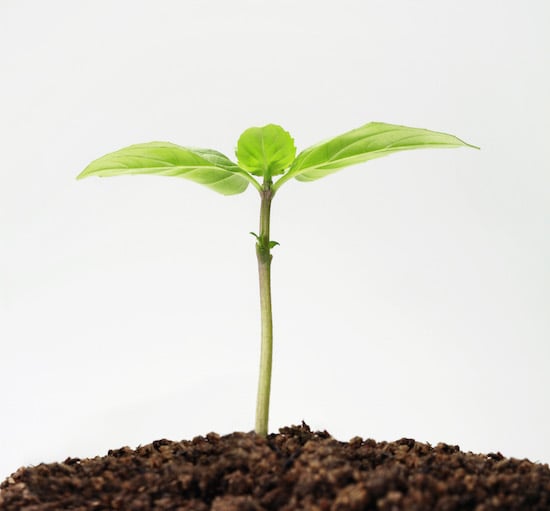
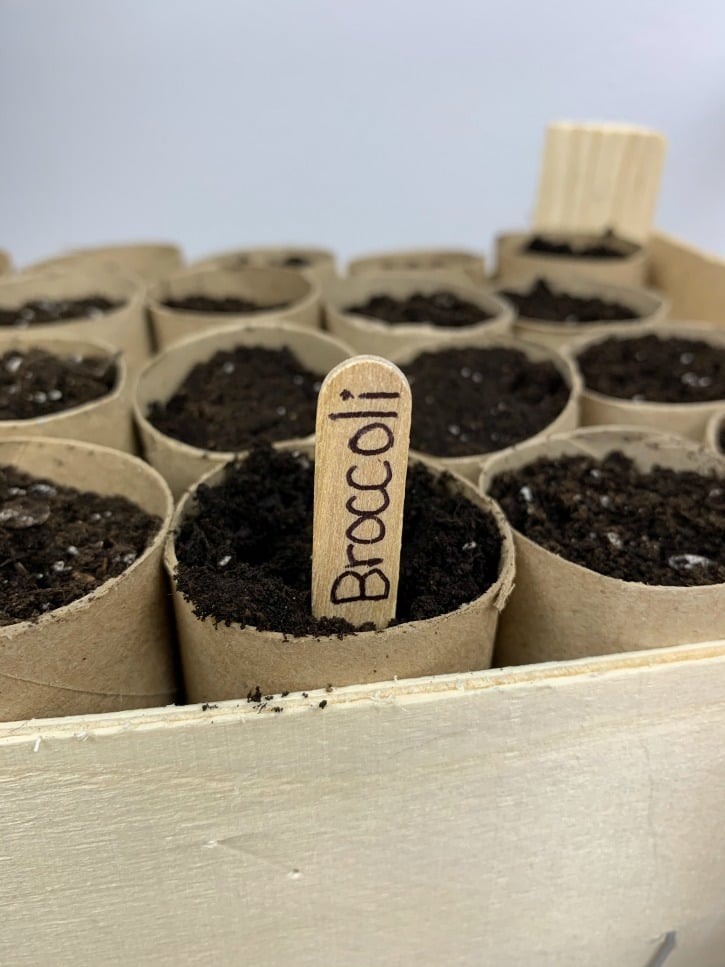
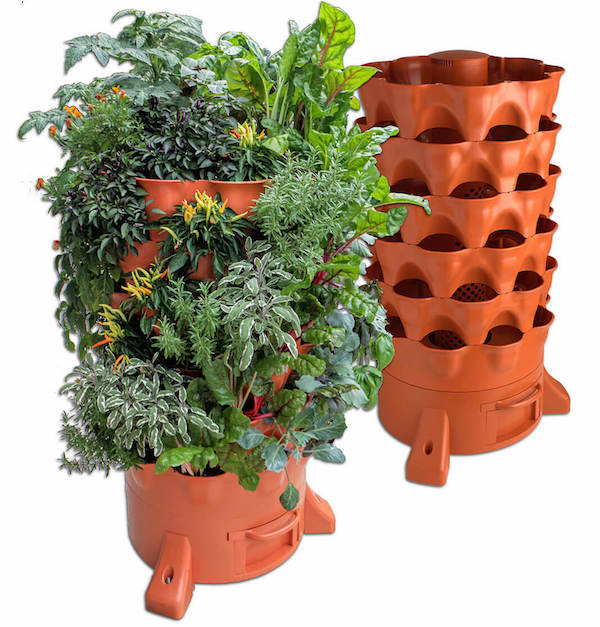
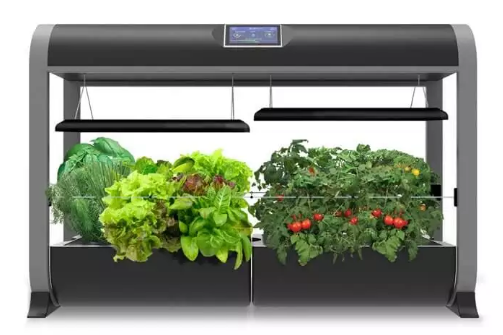
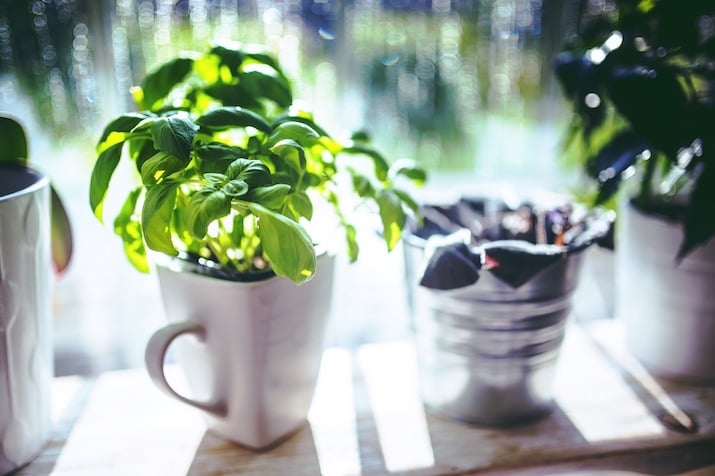
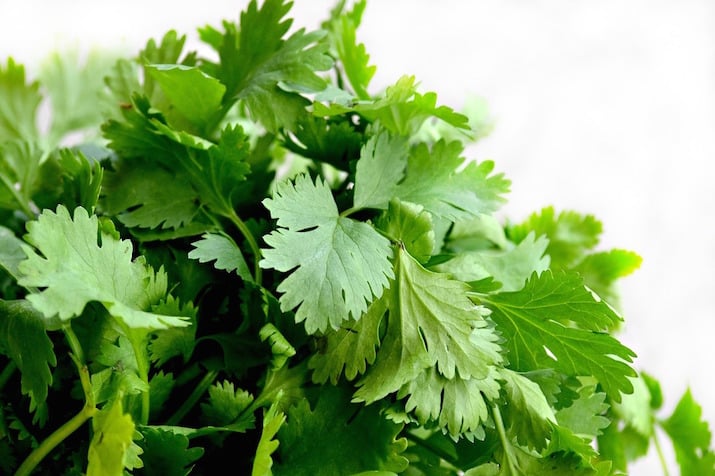
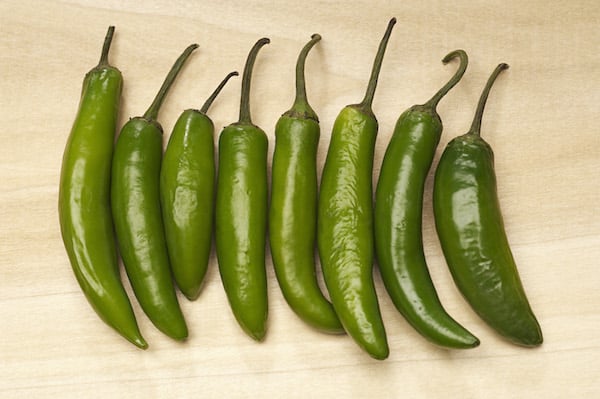
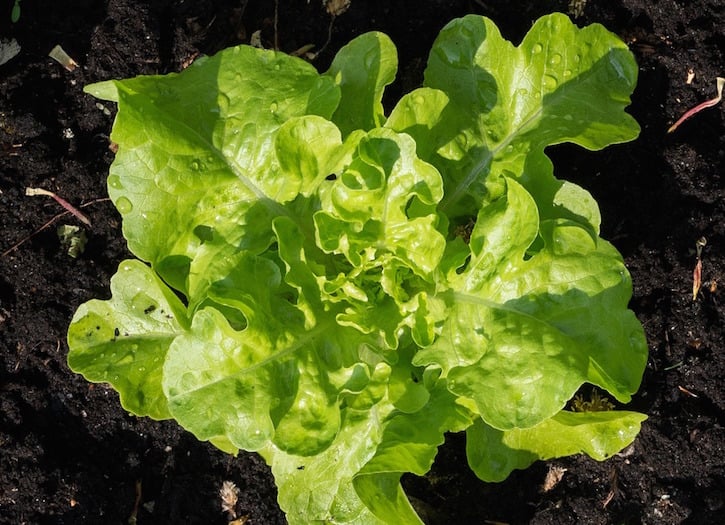
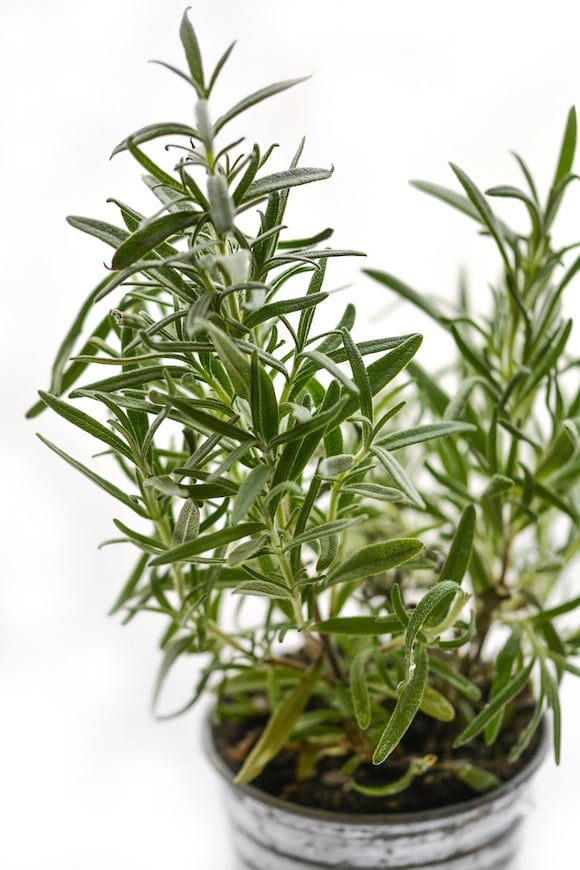
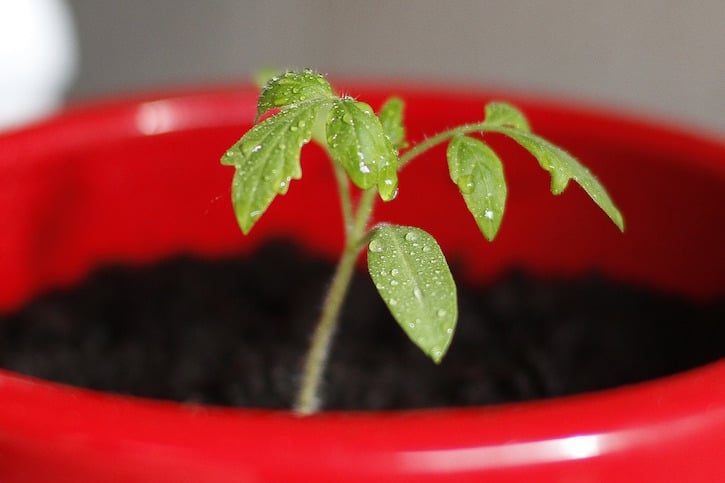
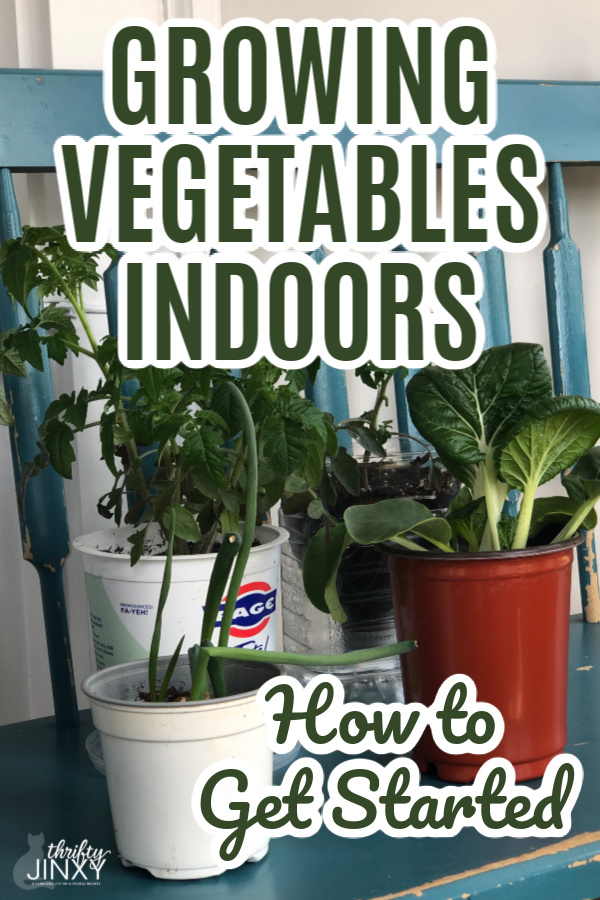


Leave a Reply